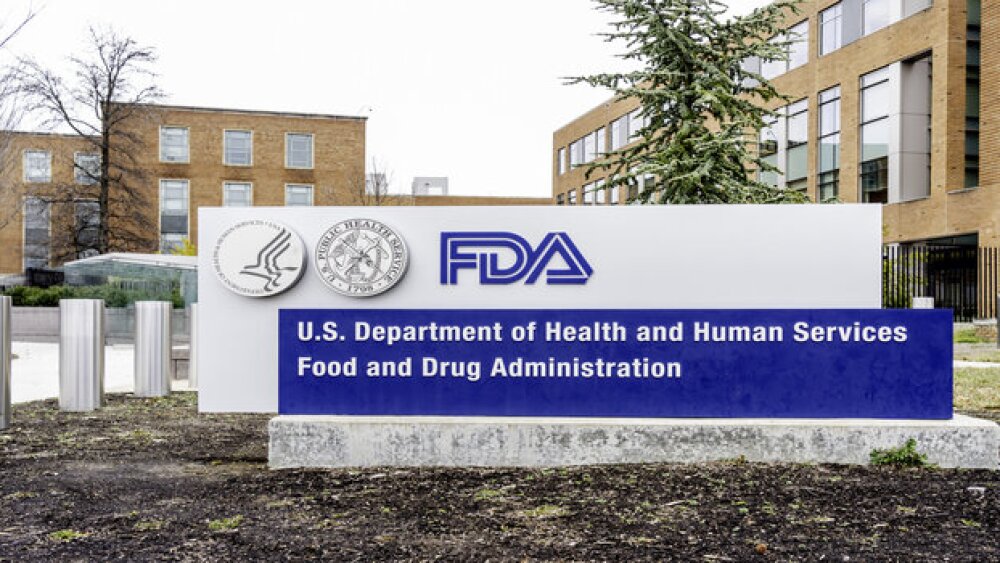WASHINGTON, Dec. 2 /PRNewswire/ -- More than 3,500 physicians, researchers, nurses and other healthcare professionals from around the world have gathered in Washington D.C. starting today through Tuesday, December 6th, for the 59th Annual Meeting of the American Epilepsy Society (AES).
Experts are sharing innovative news concerning recent advances in genetic research, diagnosis and treatment of epilepsy, one of the most common brain disorders in the world, and a neurological ailment that affects 55 million people worldwide. For the next five days, Washington, D.C.'s Convention Center will be filled with more than 900 poster and platform presentations, lectures, workshops, satellite symposia, publications, scientific exhibitions and commercial exhibits.
3rd Annual Judith Hoyer Lecture
This exciting meeting kicks off on Friday evening with the 3rd Annual Judith Hoyer Lecture in Epilepsy, titled, New Tools to Cure Epilepsy: Genes, Pixels, Patterns and Prevent. This year's lecture will feature Jeffrey L. Noebels, M.D., Ph.D., Professor, Departments of Neurology, Neuroscience, and Molecular and Human Genetics and Director of Blue Bird Circle Developmental Neurogenetics Laboratory at the Baylor College of Medicine. Two panelists, Wendy R. Uhlmann, a genetic counselor from the University of Michigan, and Suellen Hopfer, a specialist in health communication from Pennsylvania State University, will provide a unique perspective on the topic, focusing on the current state of genetic counseling for epilepsy.
Hot Topics:
On Friday evening, the Hot Topics Evening Symposium will review several exciting and controversial topics relating to the pathophysiology, diagnosis and treatment of epilepsy. This symposium will be chaired by Jong M. Rho, M.D. Professor of Pediatrics from the University of California at Irvine.
Pharmacoresistance in Epilepsy:
On Saturday morning the topic of pharmacoresistance will be explored in an effort to improve the pharmacotherapy of epilepsy. This symposium will describe mechanisms that alter neuronal ion channel responses to anti-epileptic drugs (AEDs), discuss the future use of genomics to monitor biological effects of chronic AED therapy and evaluate the research design of clinical studies to determine optimal drug efficacy. This year's Merritt Putnam Symposium, Pharmacoresistance: From Clinic to Mechanism, will be chaired by Dr. Noebels.
Pediatrics and Epilepsy:
On Monday evening the Pediatric Epilepsy Highlights Session will feature authors of select posters and presentations who will present their studies on clinical care and research in pediatric epilepsy. Immediately following will be the annual Pediatric Epilepsy Symposium focusing on the clinical management and translational research regarding acute provoked seizures and chronic epilepsy in children with complex medical conditions, such as congenital heart disease, oncological disorders and organ transplantation.
Other research to be discussed at the meeting includes: * Impaired Consciousness in Epilepsy: Mechanisms and Consequences
Speakers will discuss the clinical consequences of impaired consciousness in epilepsy, and therapeutic goals will be identified.
* Resective Epilepsy Surgery: Patient Selection and Outcomes
Results of resective surgical treatment for patients with uncontrolled epilepsy will be presented in the context of approaches to patient selection, long-term management and patient counseling.
* Seizure Aggravation During Antiepileptic Therapy
This symposium will focus on the differential diagnosis, aggravation due to AEDs or their withdrawal, and aggravation due to drugs other than anti- epileptics.
About Epilepsy:
Epilepsy is a chronic neurological disorder that affects more than 2.7 million Americans. Characterized by recurrent seizures and caused by disturbed electrical rhythms of the central nervous system, epilepsy typically manifests itself through convulsive attacks usually with clouding of consciousness. While there is not a cure for epilepsy, seizures can be controlled with preventive medications. Evidence suggests that early diagnosis and effective treatment can improve the long-term prognosis for people with epilepsy. Given the documented disruptions in education, employment, self-esteem and personal life that are caused by seizures, the quest for early recognition and treatment should be urgent.
About The American Epilepsy Society (AES):
The American Epilepsy Society, based in West Hartford, Connecticut, is one of the oldest neurological professional organizations in the nation, with roots dating to 1898. The Society promotes research and education for professionals dedicated to the prevention, treatment and cure of Epilepsy. Membership in the Society is made up of clinicians and researchers investigating basic and clinical aspects of epilepsy, and other health-care professionals interested in seizure disorders. Members represent pediatric and adult sides of epilepsy.
The Society holds its scientific meeting annually, offering symposia, lectures, poster presentations and exhibitions. The meeting attracts more than 3,500 professionals from throughout the U.S. and abroad and offers excellent opportunities for networking and sharing of ideas.
For more information about the AES Annual Meeting or any abstracts or studies mentioned above, please contact:
* Christer Osterling at 860.586.7505 or costerling@aesnet.org
* Lindsey Smith at 212.229.8481 or lsmith@aesnet.org
American Epilepsy SocietyCONTACT: Christer Osterling, +1-860-586-7505, costerling@aesnet.org, orLindsey Smith, +1-212-229-8481, lsmith@aesnet.org, both of AmericanEpilepsy Society




